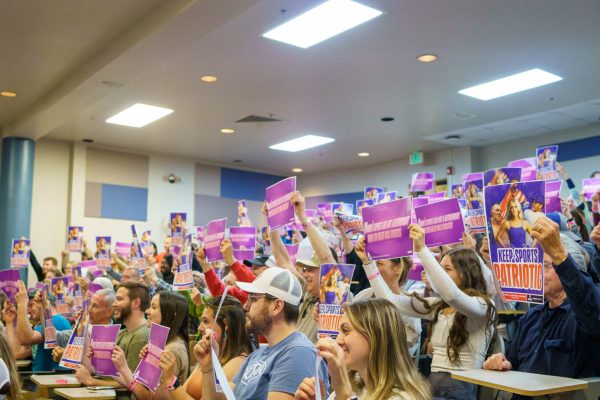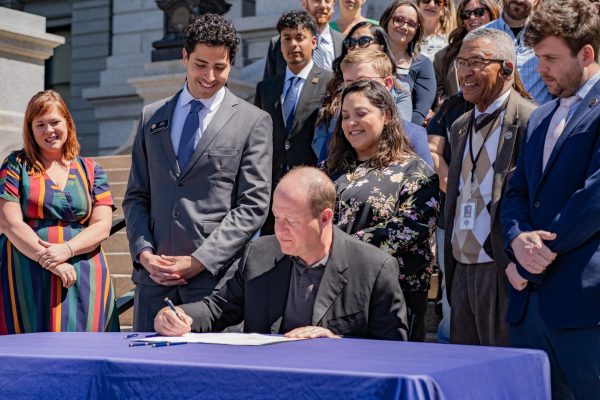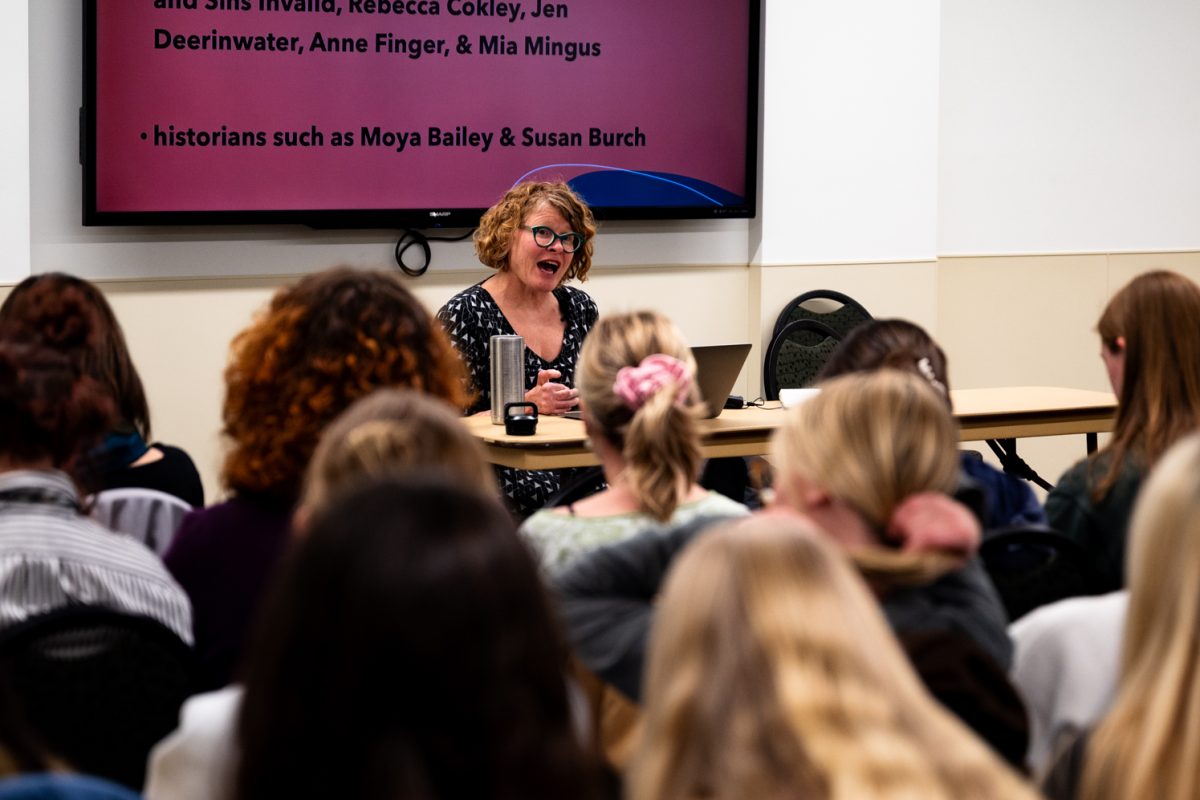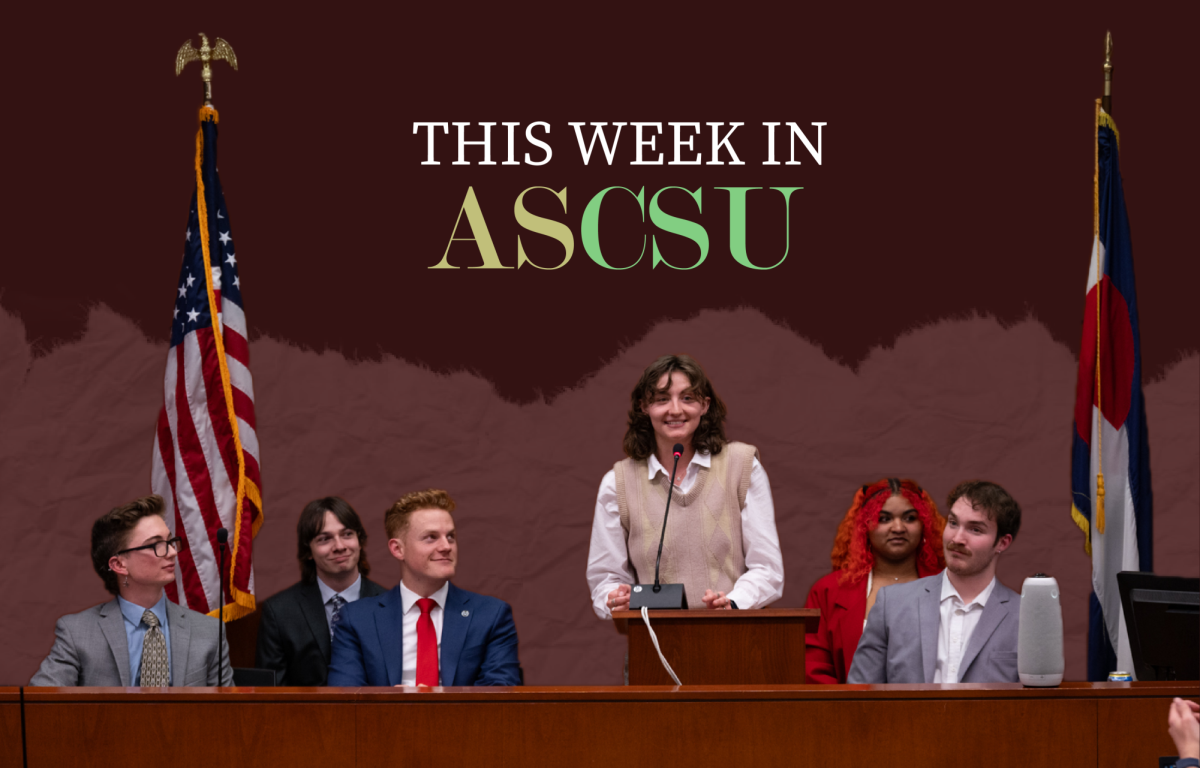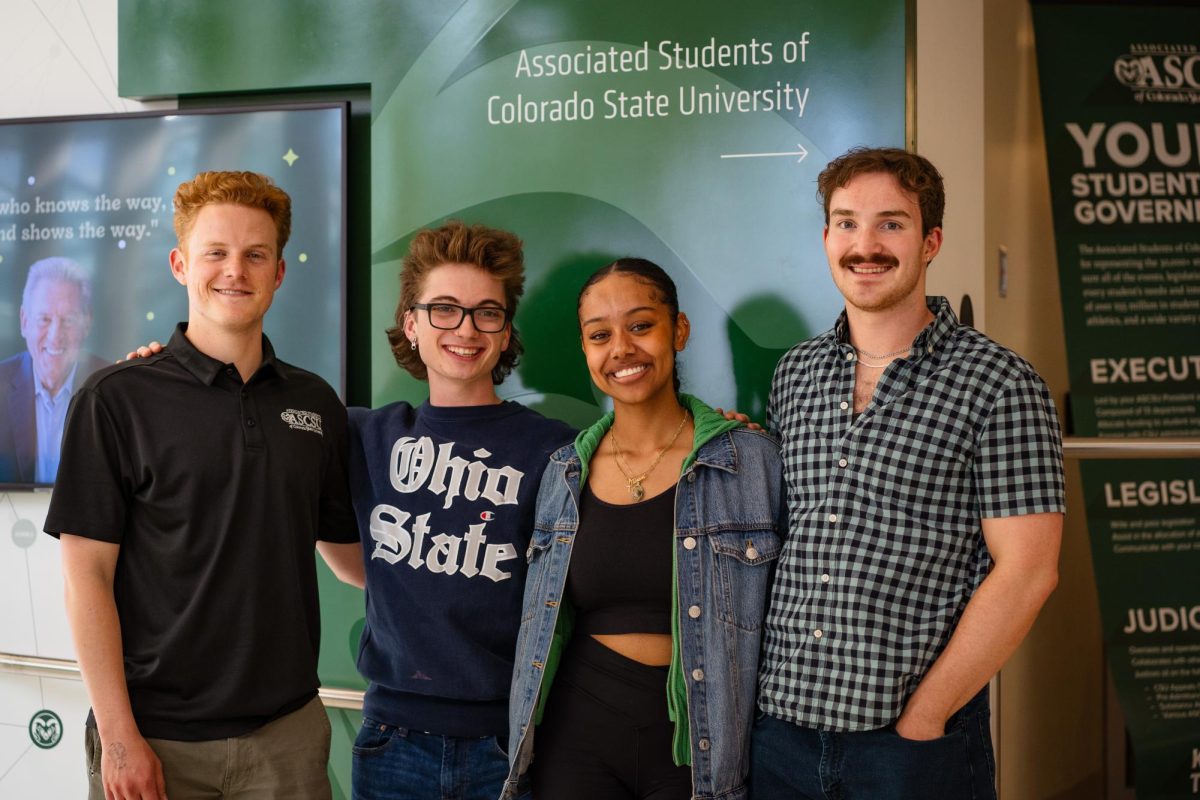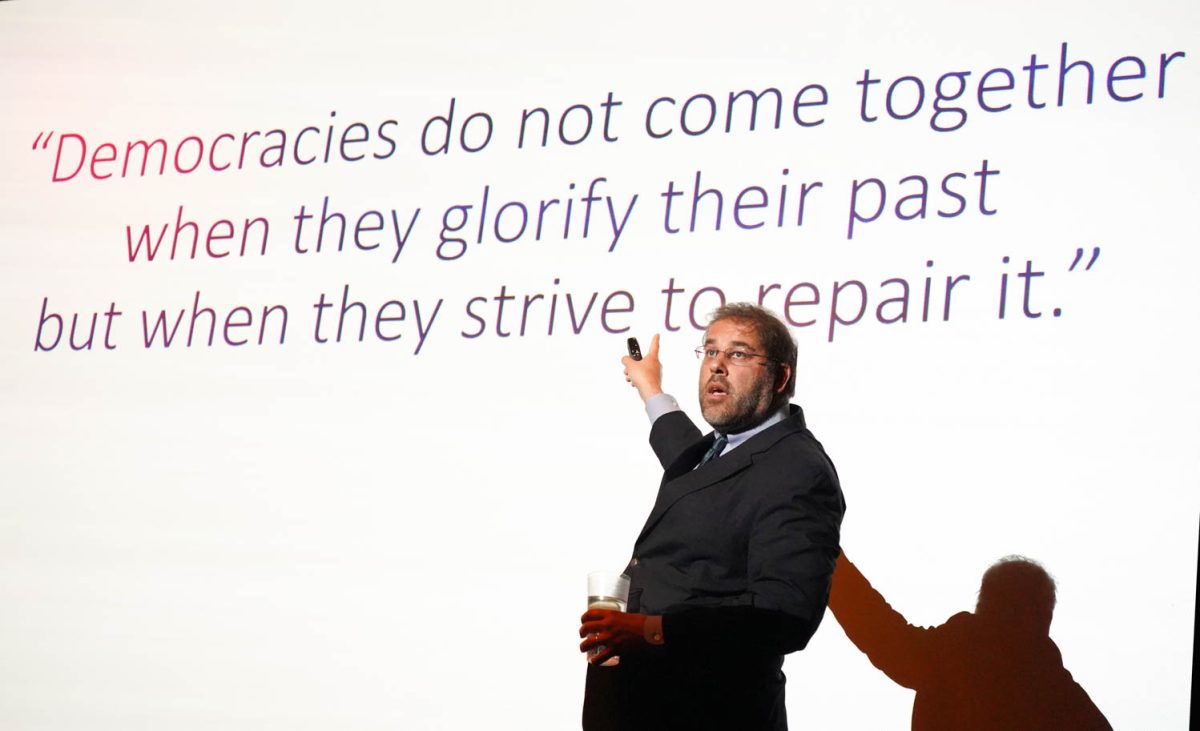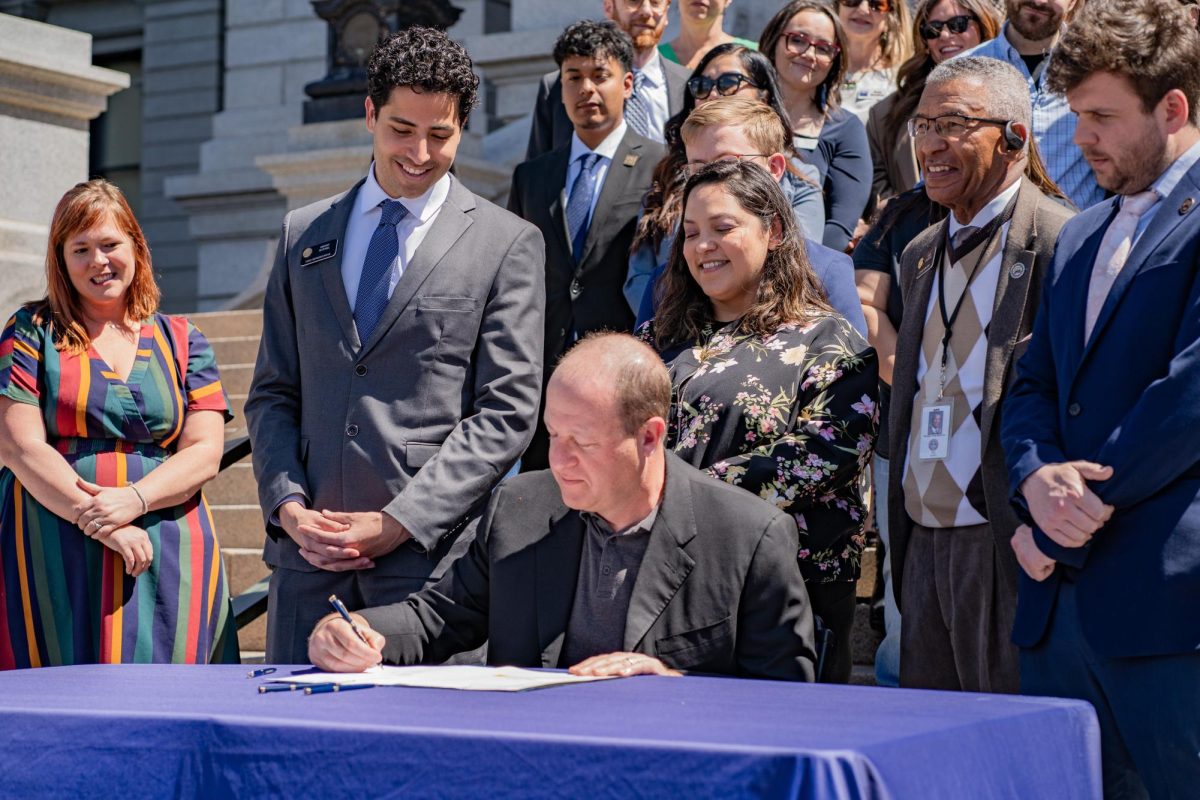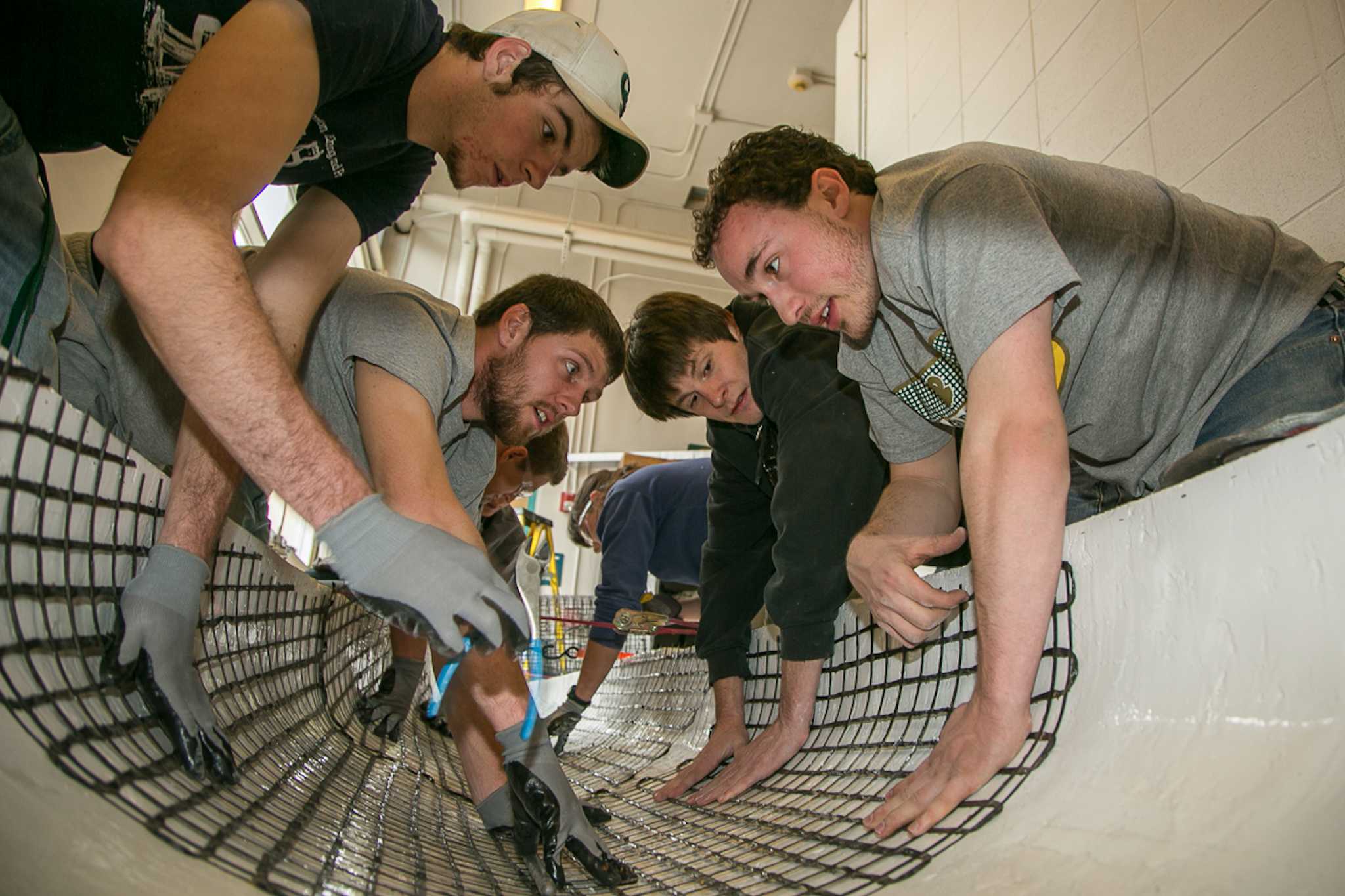
Almost every year, a group of Colorado State University’s civil and environmental engineering seniors participate in a national contest to designing a concrete canoe.
“Each concrete canoe is judged based on four components: oral presentation, final product/aesthetics, design paper and engineering notebook and the races,”said Anthony Grasso, the captain of CSU’s team this year.
According to Grasso, there are various activities the canoes are tested on.
Ad
“The swamp test is when you have to push the canoe all the way under water and see if it floats back up,” Grasso said. “There are two different races as well; the sprint race which is short and tests how fast the canoe is and the endurance race which is long and tests how much the canoe can withstand.”
In order to be successful at passing all these tests, Grasso explained the team worked the entire year on this project.
Civil and environmental engineering senior Jennifer Dattolo said each person put in over 200 hours of work.
“We tested different strengths of mixes, comparing tense strengths to compressed strengths,” Dattolo said.
“We also looked at what stresses the canoe was going to experience over its lifetime including display and transport, we compared the strength from the mix design test with the canoe’s experience.”
Grasso explained that there are three components in the concrete mixtures: aggregate, cement and water.
“Most of the material is donated by local companies, so securing sponsorships is important,” Grasso said.
Vaishak Gopi was the team member in charge of designing the concrete mix.
“We contacted these places and asked if they would be willing to donate to our student organization.” Gopi said.
Many of the donations were local, but this year Gopi obtained donations from as far as Ohio and even Canada. These donations helped the students create and test their mixture for the canoe.
Ad
“We chose a mix that CSU has never used before,” Gopi said. “The material is lightweight, but has the same strength as the previous material, and is highly sustainable.”
The material is a mixture using recycled glass aggregate, according to Gopi.
After finding the correct mixture, the students also had to create the perfect design.
According to Dattolo, they designed the shape of the canoe based on several components relating to the fluid flow analysis, or the way in which water flows past the canoe.
“We used a program to look at how the water flowed past the boat to see which design had the least resistance, or drag, against the water,” Dattolo said.
Dattolo explained two important aspects: the pointy boat shape with a sharp angled keel to keep the boat straight, and the shallow “V” shape which has less surface area, decreasing the amount of drag.
“We went with an optimization between the two,” Dattolo said.
It’s many team members’ first year participating in the contest, so it was a hands-on learning experience. Tony Grasso was chosen as captain because he participated in the contest twice before.
The activities for the 2014 Rocky Mountain Regional Competition is being held April 3-5. There are 12 universities participating.
“The canoes in the contest range from super well made to put together last minute,” Grasso said. “There is always at least one canoe that breaks in half.”
Collegian Reporter Jenni Jalilevand can be reached at news @collegian.com.



